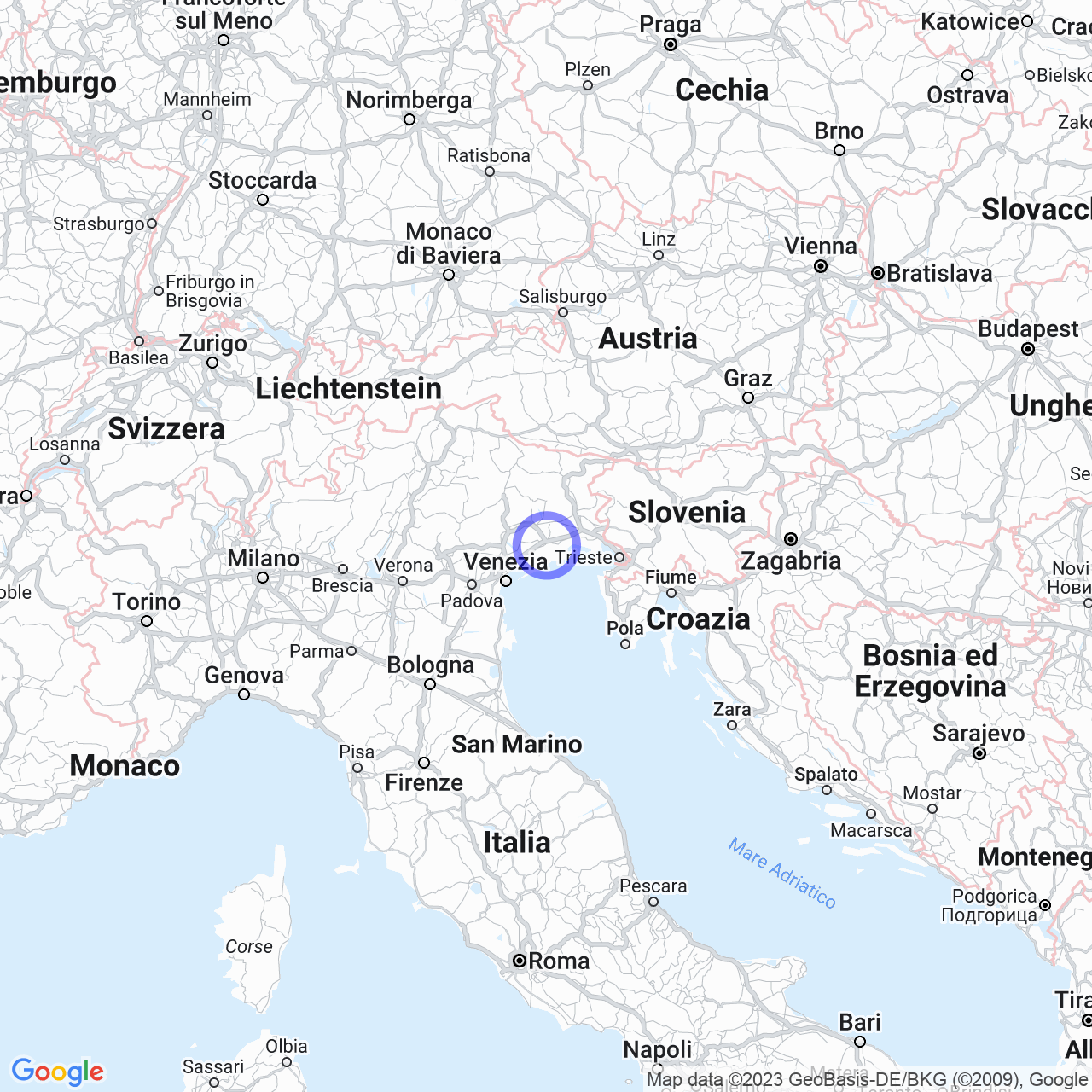Concordia Sagittaria
Concordia Sagittaria: the history of an ancient Roman city
Concordia Sagittaria is a town of about 10,200 inhabitants in the metropolitan city of Venice, situated in the Veneto region. This city retains its neoclassical dignity as the seat of the Catholic Church's cathedral, although the Bishop of the diocese of Concordia-Pordenone resides in Pordenone. The origins of Concordia date back to the ancient Roman city of Iulia Concordia, founded in 42 BC. After the Roman period, Concordia was part of the Duchy of Friuli, the Friuli March, and the Patriarchal State of Aquileia. In 1420, the city was annexed to the Republic of Venice and in 1838 Concordia was separated from Friuli to be aggregated to the province of Venice.
Monuments and places of interest in Concordia Sagittaria
Concordia Sagittaria is rich in monuments and places of interest. The cathedral, with royal decree of 21 November 1940, number 1746, was included in the list of Italy's national monuments. Among the other important monuments of the city are the remains of the Roman bridge and the Baptistry of Concordia Sagittaria from the 11th century. The Episcopal Palace dates back to the 15th century. Toni dell'aga, the copy of the 1914 statue by Celso Costantini, is one of the symbols of the city. The Municipal Palace, financed by Bishop Giovanni Argentino in 1523, and Villa Soranzo with its beautiful gardens are other important tourist destinations. Finally, the Lame Forest of 24 hectares is a nature oasis that deserves to be visited.

The churches of Concordia Sagittaria
The Cathedral of Santo Stefano is one of the most important churches in Concordia Sagittaria, founded in 1466. The Church of San Leopoldo Mandić in Cavanella, the Church of San Pietro from the 13th-14th century (which is currently used as a municipal storage of the cemetery), the Church of Santa Maria della Tavella from the 12th century, the Church of San Giuseppe Operaio, the Church of San Giusto, the Church of San Pio X in Teson, the Chapel of the Madonna del Loncon, the Chapel of the Concordian Martyrs and the Chapel of San Giusto from the 17th century (which has a marble plaque dedicated to Mafalda di Savoia) are all churches worth visiting. The Church of San Giusto also has a beautiful square which is the venue for many city events.
Society
Concordia Sagittaria has a population of about 10,200 inhabitants and has seen a decrease in population in recent decades. As of December 31, 2015, foreigners residing in the municipality are 465, or 4.48% of the population. Despite this decrease in population, the city has an active cultural and social life. The city has a municipal library, organizes cultural and sports events, and has many sports, musical and volunteer groups.
Conclusions
Concordia Sagittaria is a charming and historic city worth visiting. The city has many monuments and historic churches that testify to its ancient Roman history. The city is also a place where you can enjoy lush nature and active cultural and social life. If you are visiting the Veneto region, do not forget to stop by Concordia Sagittaria, which will reserve many surprises for you.
